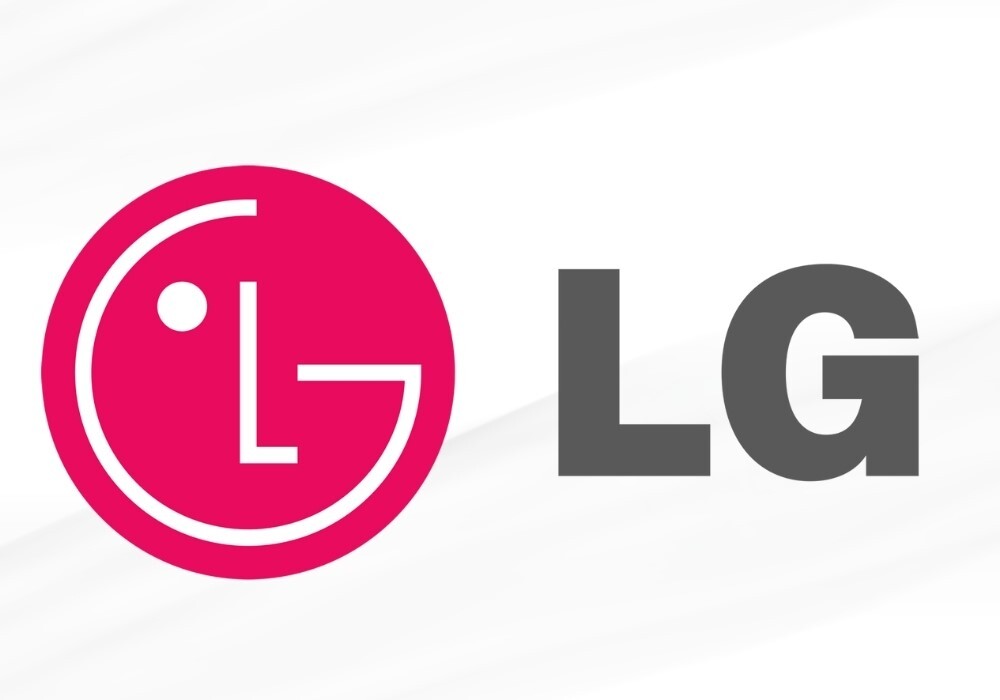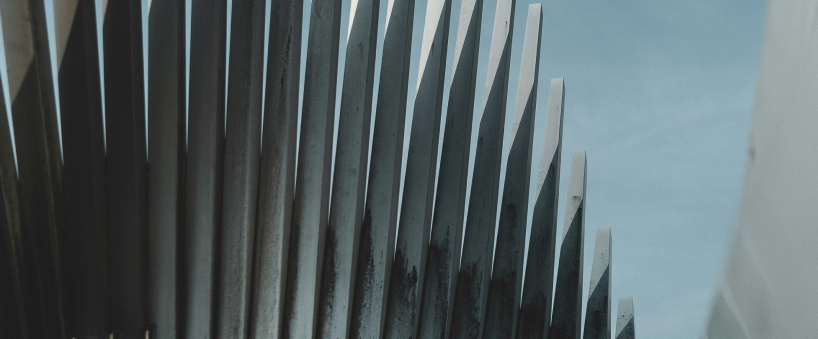

LG Electronics reported a sharp decline in performance for the second quarter of this year (Q2 2025), impacted by weakening global demand amid an economic slowdown and lingering effects of Trump's aluminium and steel tariffs.

On July 7, LG Electronics announced that its consolidated operating profit for the second quarter stood at 639.1 billion won (USD $471 million), marking a 46.6 per cent drop compared to the same period last year. Operating profit plunged 49.2 per cent from the previous quarter, effectively halving. Sales declined 4.4 per cent year-on-year to 20.74 trillion won ($15.29 billion) and dropped 8.8 per cent compared with last quarter.
How tariffs affected their overall performance
LG is known to incorporate aluminium across a range of its products, mainly for its excellent heat transfer capabilities and corrosion resistance. This includes key components in air conditioners, such as heat exchanger coils and heat pumps, as well as parts in refrigerators. Aluminium is also used in the construction of certain washing machines and the frames and chassis of televisions.
By business segment, its media and entertainment division, which encompasses TVs and the webOS platform, dragged down overall earnings due to rising liquid crystal display (LCD) panel costs and higher marketing expenses amid intensified competition. The company also noted that US tariffs, steel and aluminium-related duties, and increased logistics costs further impacted profitability.
An official from LG Electronics explained, "The B2B business has low demand and price volatility and is advantageous for expanding the solution business and building entry barriers based on relationships with customers. Non-hardware is advantageous for achieving repetitive sales structures and high returns, and D2C is advantageous for improving profit structure and enhancing brand value."
Also Read: Donald Trump’s 50% tariff: A boon or blow for US aluminium companies?
South Korea-based LG Electronics faced significant challenges due to tariffs on aluminium and steel imposed during the Trump administration, particularly affecting its appliance sales in the US market. Initially targeting raw steel and aluminium imports, the tariffs were later extended to cover appliances made with these materials, driving up production costs and putting pressure on profitability. As a result, LG faced concerns over higher prices for consumers and reduced competitiveness in the US market.
In April, US President Donald Trump imposed an immediate 10 per cent tariff on all imports, in addition to separate country-specific "reciprocal" tariffs that were postponed by 90 days until July 9. Although LG manufactures some washing machines and dryers at its US facility, the majority of its key appliances for the American market are still produced overseas—in countries like South Korea, Mexico, and Vietnam, which makes them subject to these duties.
Industry analysts pointed out that LG's heavy reliance on the US market, which contributes approximately 30 per cent of its home appliance sales, made the company particularly vulnerable to these tariffs. The financial strain intensified further in late June when the US extended its 50 per cent steel tariffs to include washing machines, refrigerators, and other household appliances containing steel components.
Growth in the other sectors
However, the electric vehicle components and heating, ventilation, and air conditioning (HVAC) divisions, which drive growth in LG's home appliances and B2B sectors, maintained solid profitability despite challenging market conditions. LG stated that its flagship home appliance division, along with its business-to-business segments, including vehicle components and heating, ventilation, and air conditioning (HVAC), remained profitable.
In response, the company plans to strengthen its business fundamentals in the second half by accelerating growth in business-to-business (B2B) segments, including electric vehicle components, heating, ventilation, and air conditioning (HVAC) systems, as well as non-hardware services such as subscription-based offerings.
In the second half of this year, LG Electronics plans to prioritise "qualitative growth" by strengthening its focus on business-to-business (B2B) operations, subscription services, non-hardware offerings, and direct-to-consumer (D2C) sales, all aimed at reinforcing its core business fundamentals.
Note: To feature your brand and share insights, contribute an article or interview in our forthcoming e-magazine,"End-user Revolution: ALuminium’s Impact on Modern Living"
Responses








